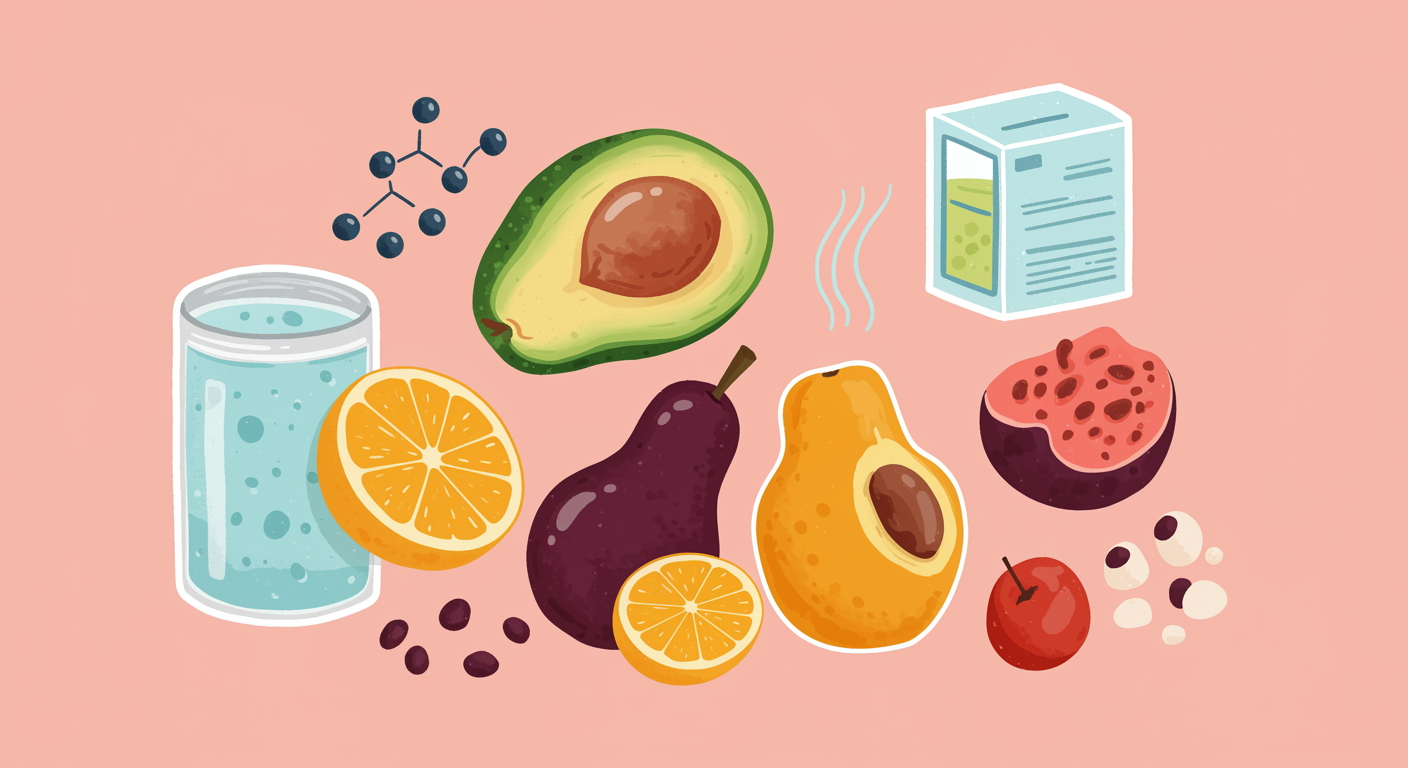
Have you ever considered that the delicious meal you just finished isn’t just feeding you? It’s also feeding a bustling, microscopic city within your digestive tract, and the citizens of that city have a profound say in what your body ultimately extracts from that food. We often think of nutrient absorption as a straightforward process: eat, digest, absorb. But the reality is far more intricate, involving a complex interplay between your physiology and the trillions of tiny residents that call your gut home.
These unseen partners, collectively known as your gut microbiome, are not just passive passengers. They are active collaborators, metabolic engineers that can fundamentally alter the nutritional yield of your diet. What you absorb, how much you absorb, and even the form in which those nutrients become available can be significantly influenced by this vibrant internal ecosystem. Understanding this relationship unveils a deeper appreciation for the culinary choices we make and their widespread impact beyond immediate satiation.
Your gut microbiome is an astonishingly diverse community, comprising bacteria, viruses, fungi, and other microorganisms. In sheer numbers, these microbes outnumber your own human cells, forming a dense, dynamic metropolis primarily within your large intestine. Each individual harbors a unique microbial signature, shaped by genetics, environment, lifestyle, and most crucially, their eating patterns. Far from being invaders, many of these species perform vital functions that our own bodies simply aren’t equipped to handle, and this includes unlocking valuable components from the very ingredients you consume.
Consider dietary fiber, a prime example. While our human digestive enzymes are proficient at breaking down simple sugars and some starches, they largely fail when confronted with the complex carbohydrates found in plant fibers. This is where your gut bacteria step in. They possess a vast array of enzymes capable of fermenting these otherwise indigestible fibers. Through this fermentation, they produce an assortment of beneficial compounds, most notably short-chain fatty acids (SCFAs) like butyrate, propionate, and acetate. These SCFAs aren’t just fuel for the gut lining; they can also be absorbed into your bloodstream, influencing energy metabolism, immune function, and even brain health. Without the bacterial workforce, much of the nutritional potential of fiber would simply pass through undigested.
Beyond breaking down complex carbohydrates, some gut bacteria are actual nutrient synthesizers. Certain species can produce essential vitamins that your body cannot make on its own or adequately obtain solely from diet. For instance, specific bacteria in the gut microbiome are known to produce Vitamin K2, crucial for blood clotting and bone health, and various B vitamins, including B12, folate, and biotin, which play roles in energy production and DNA synthesis. While the extent to which these microbially-produced vitamins contribute to our overall requirements is still an active area of research, their existence highlights a fascinating dimension of our symbiotic relationship. The presence and activity of these bacterial “factories” can directly impact your nutrition.
Moreover, the gut microbiome can modulate the bioavailability of other vital nutrients. Take iron, for example. The solubility and absorption of dietary iron are heavily influenced by the pH of the gut environment. Some gut bacteria can produce organic acids, lowering local pH and potentially enhancing the absorption of iron. Similarly, these microbes can interact with plant compounds like polyphenols, transforming them into more absorbable and biologically active forms. A diet rich in fruits, vegetables, and whole grains introduces a broad spectrum of these compounds, offering the microbiome ample opportunity to perform its transformative work. The structure of your gut lining itself, the primary site of nutrient uptake, is also influenced by the health and composition of your microbiome. A thriving, balanced community contributes to a robust gut barrier, optimizing absorption and protecting against harmful substances.
The implications of this microbial influence are profound. It helps explain why two individuals eating the exact same meal might experience different health outcomes or nutrient profiles. Their unique microbial populations process the food differently, yielding varying amounts and types of absorbable compounds. This concept is foundational to the emerging field of personalized nutrition, where dietary recommendations might eventually be tailored not just to your genetics, but also to your specific gut microbiome composition. Consistently consuming a diverse range of plant-based foods, for instance, tends to foster a more diverse and resilient microbiome, which in turn is generally associated with more efficient nutrient extraction and improved metabolic health.
So, the next time you sit down for a meal, consider the silent partners working within you. The intricate dance between your body and its microbial inhabitants shapes much more than just digestion; it profoundly dictates the very essence of your nutrition. Our understanding of this complex relationship continues to grow, revealing new avenues for optimizing health through dietary choices that nurture both ourselves and the microscopic world thriving within. It’s a powerful reminder that our internal ecosystem is as vital as any other organ system, continuously engaging with the world we consume.